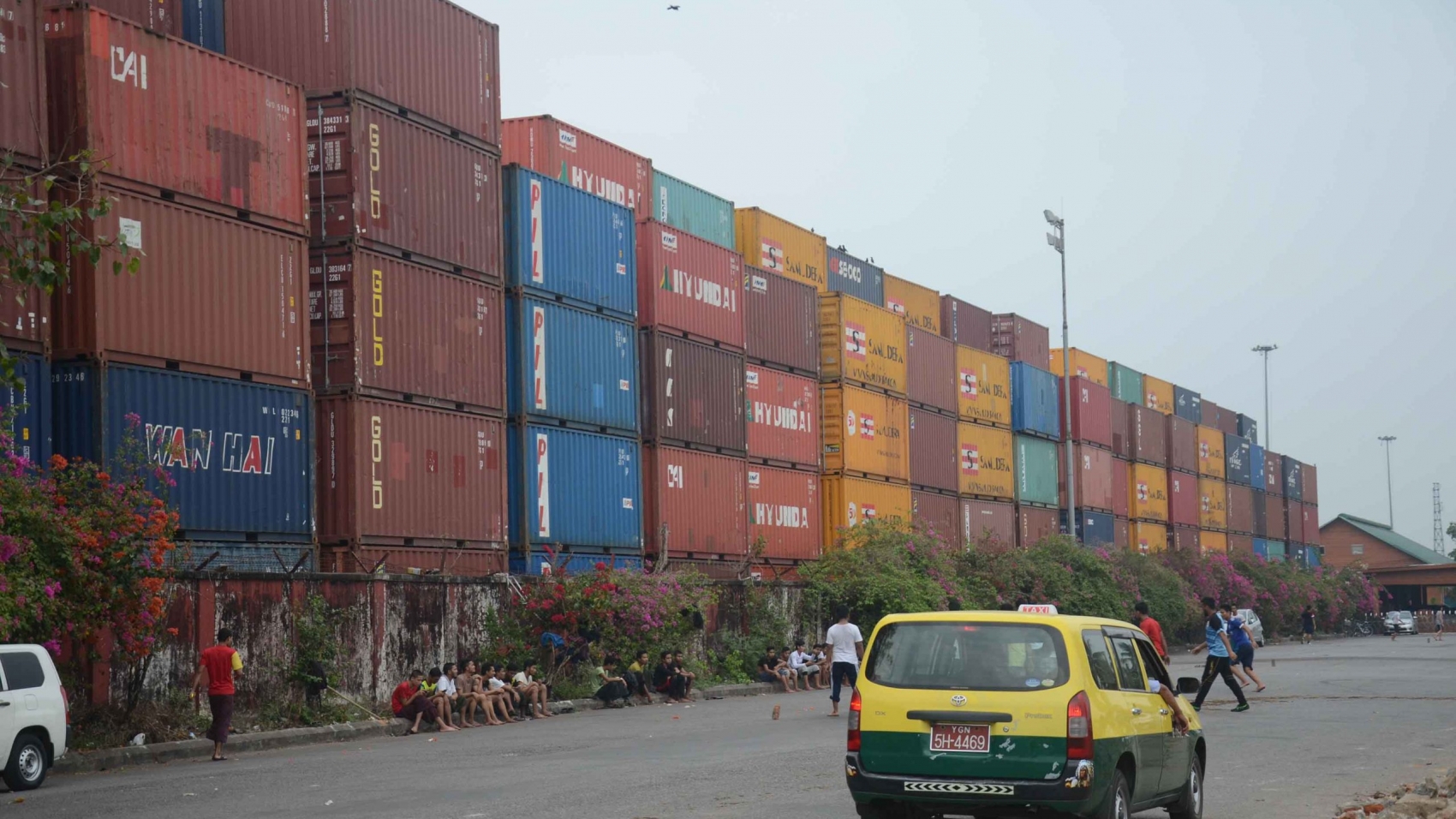5 January 2022
- The Ministry of Electricity and Energy makes strenuous efforts for electricity generation and distribution from power plants for the people and industries in respective regions/states and also arranges to improve electricity supply in order to cover an annually increasing power consumption.
- Normally, the maximum power generation capacity is about 4,200MW, but now about 750MW production of the LNG to power plants have been suspended due to a fourfold increase in gas prices. The annual maintenance works on Yadana offshore project were conducted between 27-11-2021 and 6-1-2022 like previous years and so the power generating rate of natural gas power plants decreased about 540MW, and the 230kV transmission tower of Balu Chaung hydropower station was exploded and about 180MW was reduced.
- Moreover, the annual maintenance works are being undertaken at some gas-fired power plants and hydropower stations and due to the lower inflow of water to hydropower plants in the current open season and the reduction of hydropower generation at the reservoirs/dams to supply power in summer, the production is about 1,470MW lower than the total consumption. If the maintenance of the Yadana gas project completes, the power can be generated normally starting 7-1-2022, and although the repair works of destroyed towers are being made as quickly as possible, about 930MW will be still reduced.
- Therefore, due to the adjustment for the stability of power system as per the amount of low power generation, there is a need to reduce the load during high power consumption hours between 7 am to 11 am and between 5 pm to 7 pm, and so the power outages occur in some places.
- Of 10.9 million households in the country, about 6.6 million (60 per cent) currently have access to electricity from the National Grid. If these households use low-power-consumption LED bulbs/lights, it can save about 20W per household while 6.6 million households about 132MW. Moreover, if the households with high power consumption swift off unnecessary lights to save about 100W per household and about 300MW for three million households, and so it can fulfil the reduction of 432MW and the meter bill payment of one household will also be lower.
- Therefore, the Ministry of Electricity and Energy raise a request to the public to understand if there are any inconveniences caused by the reduction of load in some areas for lower power generation for balance load and are working hard to supply power as quickly as possible and arranging new projects to produce power more from various sources, including solar and hydropower.
Ministry of Electricity and Energy
Source: The Global New Light of Myanmar




